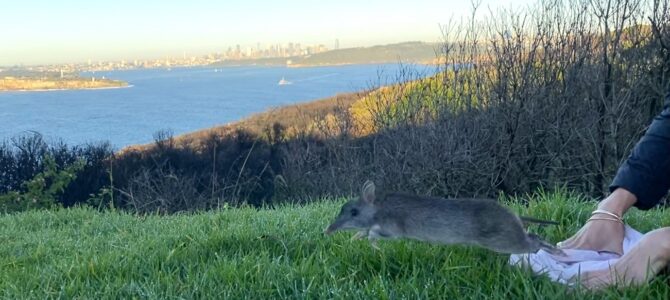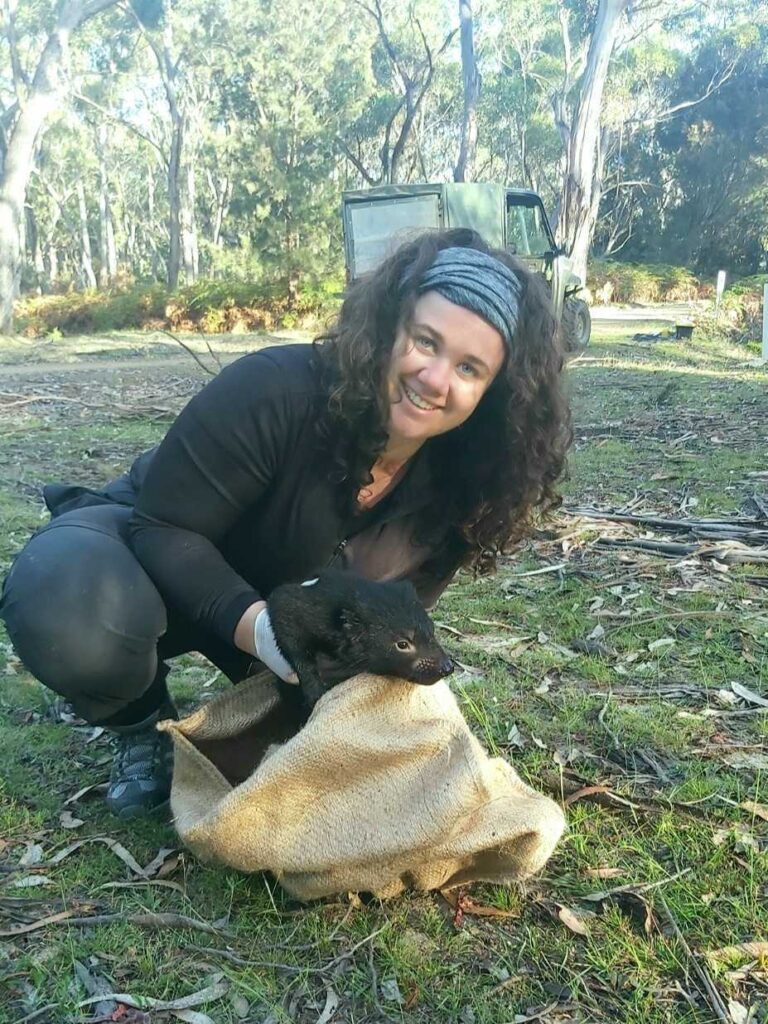Type: Journal article
Reference: Schraven, A.L., McLennan, E.A., Farquharson, K.A., Lee, A.V., Belov, K., Fox, S., Grueber, C.E. and Hogg, C.J. (2025), Temporal Changes in Tasmanian Devil Genetic Diversity at Sites With and Without Supplementation. Mol Ecol e17671. https://doi.org/10.1111/mec.17671
Abstract
Management interventions for threatened species are well documented with genetic data now playing a pivotal role in informing their outcomes. However, in situ actions like supplementations (releasing individuals into an existing population) are often restricted to a singular site. Considerable research and management effort have been dedicated to conserving the Tasmanian devil (Sarcophilus harrisii), offering a unique opportunity to investigate the temporal genetic consequences of supplementation at multiple sites, in comparison to outcomes observed in the absence of management interventions. Using 1,778 genome-wide SNPs across 1,546 individuals, we compared four wild-supplemented sites to four monitoring-only sites (not supplemented; control sites) over 9 years (2014–2022). At the study completion, genetic differentiation among supplemented sites had significantly decreased compared to among not-supplemented sites. We found statistically significant variation in genetic change over time between sites using linear mixed-effects modelling with random slopes. Investigating this among-site variation showed that three of the supplemented sites conformed to predictions that supplementations would have a positive impact on the genetic diversity of devils at these sites. We predicted no change over time at our fourth site due to the observed relatively high gene flow, however, this site did not align with predictions, instead showing decreased genetic diversity and increased relatedness. Amongst not supplemented sites, there was no consistent pattern of temporal genetic change, suggesting devil sites across Tasmania are highly heterogeneous, likely reflecting variation in site connectivity and genetic drift. Our study demonstrates that long-term concurrent monitoring of multiple sites, including controls, is necessary to contextualise the influence of management interventions on natural species fluctuations.


